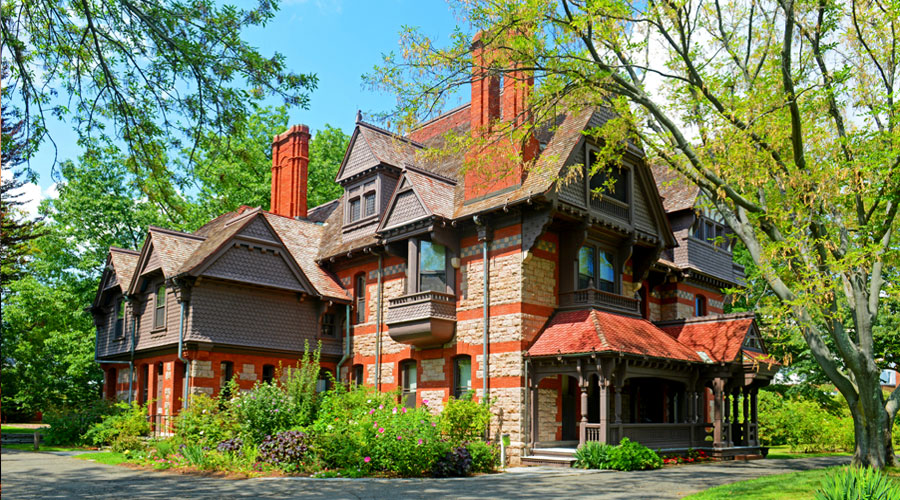Canada is home to some of the most stunning and diverse architectural styles in the world. From charming wooden cottages in the Maritimes to ultra-modern glass structures in Vancouver, Canadian houses reflect a blend of tradition, innovation, and a deep connection with nature. The country’s vast geography and changing climate have influenced the design of homes, making them not only aesthetically pleasing but also highly functional. This article explores the beauty of Canadian houses, examining their unique styles, historical influences, and the role of sustainability in modern Canadian architecture.
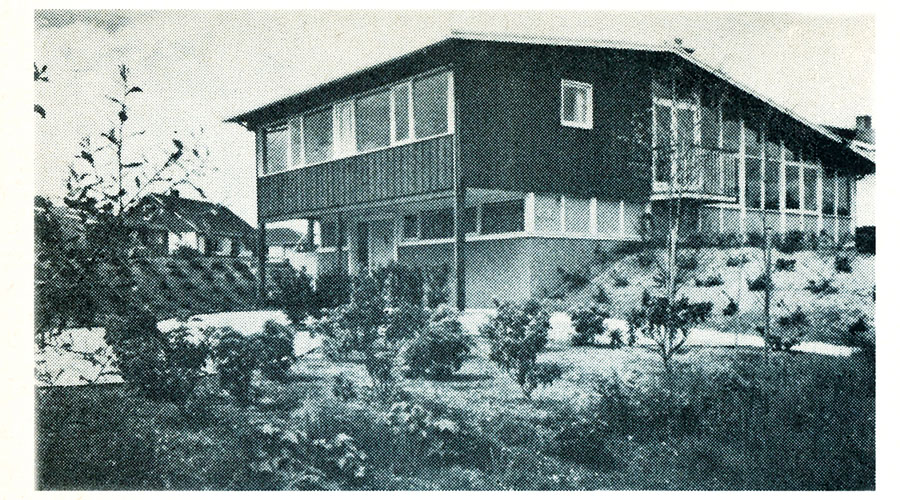
The Diversity of Canadian House Styles
Canada’s vast landscapes and rich history have given rise to a wide variety of architectural styles. From rustic log cabins that reflect the country’s pioneering spirit to grand Victorian homes and sleek contemporary designs, Canadian houses embody both tradition and modernity. The diverse influences shaping these homes come from the country’s multicultural roots, regional climates, and evolving urbanization trends.
Traditional Log Cabins
Log cabins are among the oldest house styles in Canada, originally built by early settlers and Indigenous communities. These rustic homes, made from locally sourced timber, were designed to withstand harsh winters while providing warmth and durability. Over time, log cabins have evolved from simple, utilitarian shelters to luxurious retreats featuring modern amenities, yet they still retain their cozy, natural charm.
Victorian and Edwardian Homes
During the late 19th and early 20th centuries, Victorian and Edwardian architecture flourished in Canada, particularly in urban centers like Toronto and Montreal. These homes are characterized by intricate woodwork, steep gabled roofs, and decorative facades. Bay windows, wraparound porches, and elaborate brickwork add to their distinctive appeal, making them enduring symbols of elegance and craftsmanship.
Modern and Contemporary Designs
Contemporary Canadian homes blend innovation with functionality, often emphasizing clean lines, open spaces, and energy efficiency. Glass, steel, and concrete are frequently used materials, creating minimalist yet striking structures. Many modern homes prioritize sustainability, incorporating solar panels, green roofs, and smart home technologies to reduce environmental impact.
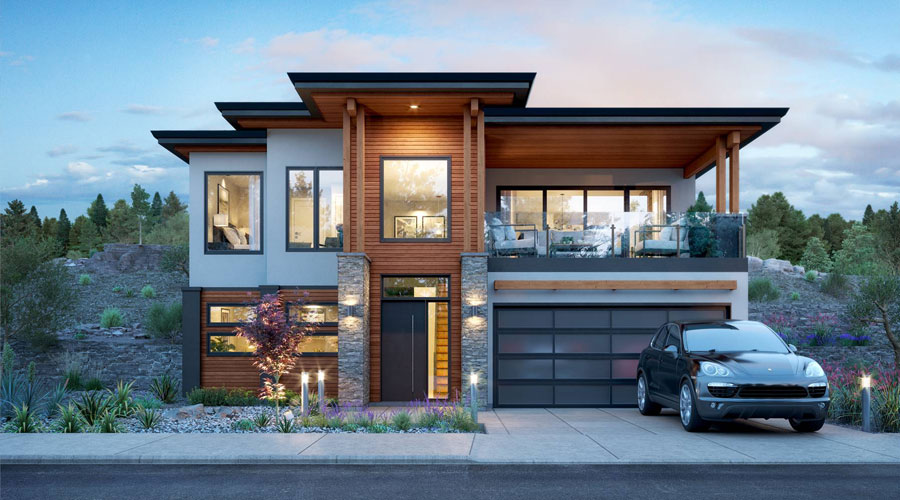
Regional Influences on Canadian Architecture
Canada’s diverse geography plays a crucial role in shaping regional home designs, with each area adapting to its unique climate and cultural heritage.
Coastal Homes in the Maritimes
The Maritimes are known for their charming coastal homes, often painted in vibrant colors to contrast with the foggy seascape. These houses feature steep-pitched roofs, large verandas, and weather-resistant materials like cedar shingles. Many also include elevated foundations to protect against storm surges, reflecting the practical needs of coastal living.
Prairie Farmhouses
Prairie homes are designed for functionality, often featuring expansive layouts with wraparound porches and large barns. These houses emphasize practicality, with simple yet sturdy wooden structures that can withstand strong winds and harsh winters. Large windows and open floor plans make the most of the vast, open landscapes, allowing natural light to flood interior spaces.
Mountain Chalets in the Rockies
Nestled among the towering peaks of the Rockies, mountain chalets showcase rustic elegance with exposed wooden beams, stone fireplaces, and sloped roofs designed to handle heavy snowfall. These homes often incorporate large panoramic windows to take advantage of breathtaking mountain views, seamlessly blending with their natural surroundings.
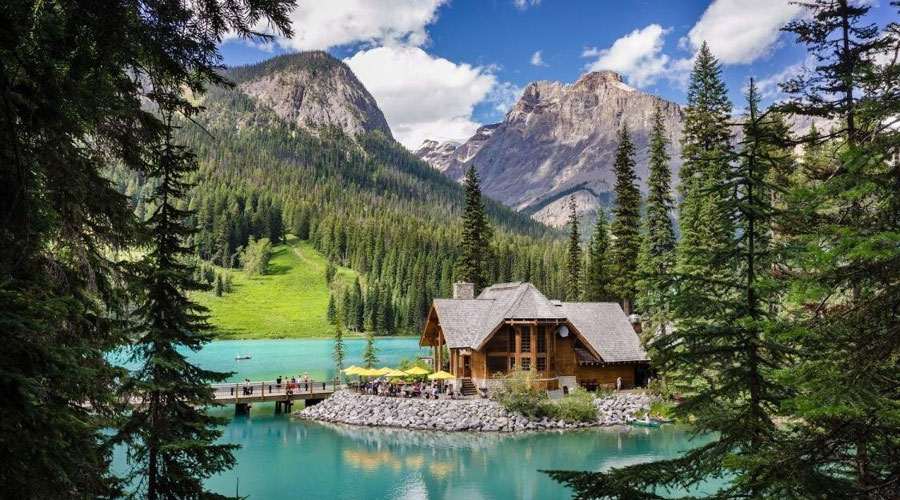
The Role of Nature in Canadian Home Design
Canada’s deep connection to nature is evident in its residential architecture, with homes designed to harmonize with their surroundings rather than dominate them.
Large Windows and Natural Light
To maximize the country’s stunning natural scenery, many Canadian homes feature expansive windows that invite ample daylight into living spaces. Floor-to-ceiling glass walls, skylights, and strategically placed openings enhance the indoor experience by creating a seamless connection to the outdoors.
Use of Wood and Stone
Natural materials like wood and stone are prevalent in Canadian home construction, not only for their aesthetic appeal but also for their durability and sustainability. Wood-paneled interiors, stone-clad fireplaces, and exposed beams add warmth and texture to homes, reinforcing a sense of connection with the land.
Indoor-Outdoor Living
Many Canadian homes are designed to encourage outdoor living, with spacious decks, covered patios, and open-air courtyards. Features such as retractable glass doors, fire pits, and outdoor kitchens create inviting spaces that allow homeowners to embrace nature year-round, whether it’s for summer barbecues or cozy winter gatherings by an outdoor fireplace.
By combining historical influences, regional adaptations, and a deep respect for nature, Canadian homes reflect the country’s rich architectural diversity. Whether steeped in tradition or pushing the boundaries of modern design, these homes continue to evolve while staying true to Canada’s unique identity.
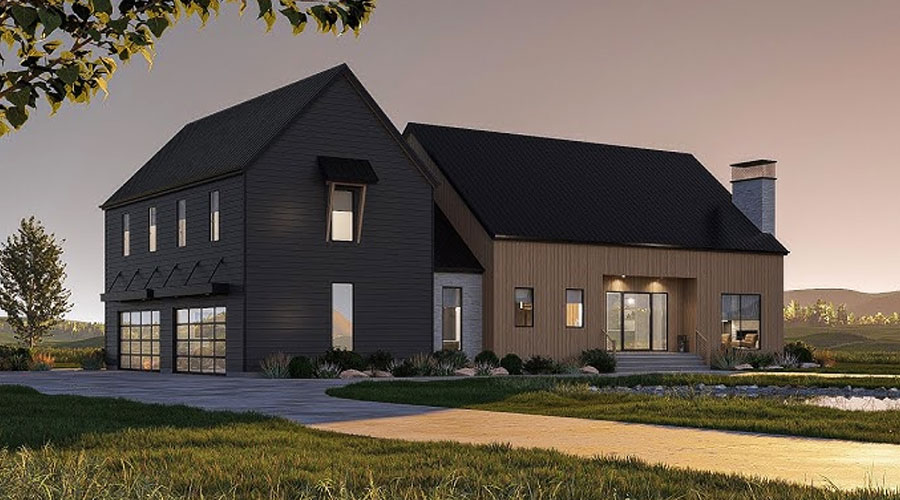
Sustainability in Canadian Housing
Canada has made significant strides in sustainable housing, with architects and homeowners increasingly embracing eco-friendly practices. From using renewable materials to implementing energy-efficient technologies, sustainability plays a vital role in modern Canadian home design.
Eco-Friendly Materials
Sustainable Canadian homes often incorporate locally sourced and renewable materials such as reclaimed wood, bamboo, and recycled steel. These materials reduce the environmental impact of construction while maintaining durability and aesthetic appeal. Additionally, innovative insulation materials, such as straw bale and hempcrete, improve energy efficiency and minimize waste.
Energy Efficiency and Passive House Design
Energy efficiency is a cornerstone of sustainable Canadian housing. The Passive House movement has gained traction, emphasizing airtight construction, superior insulation, and high-performance windows to significantly reduce energy consumption. Solar panels, geothermal heating systems, and smart thermostats are commonly integrated into homes to minimize reliance on non-renewable energy sources.
Smart Home Innovations
Technological advancements have revolutionized home sustainability in Canada. Smart home systems allow homeowners to monitor and control energy usage, optimizing heating, lighting, and appliance efficiency. Automated shading, rainwater harvesting systems, and greywater recycling further enhance eco-friendly living, making sustainability both practical and accessible.
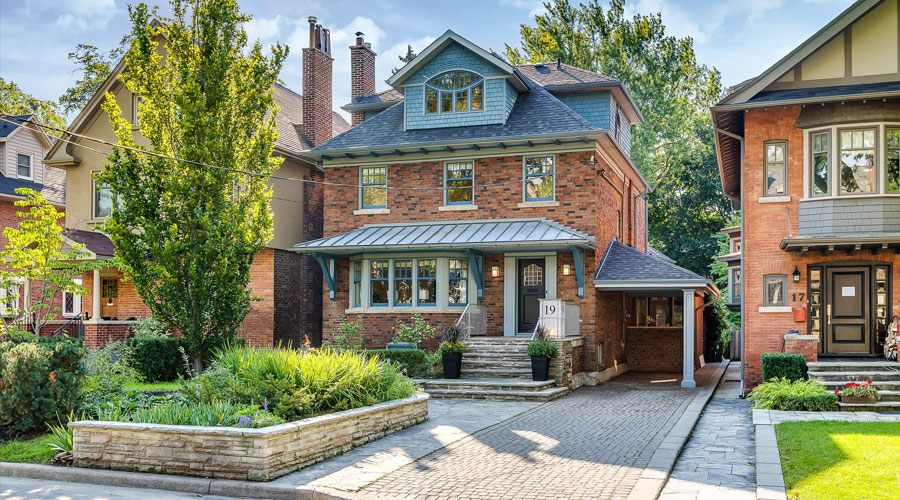
Iconic Canadian Homes and Architects
Canada boasts a rich architectural heritage, with influential architects and iconic homes that have shaped the country’s residential landscape. From historical landmarks to contemporary masterpieces, Canadian homes reflect a blend of tradition, innovation, and natural integration.
The Legacy of Arthur Erickson
Arthur Erickson, one of Canada’s most renowned architects, left an indelible mark on modern architecture. His designs emphasize harmony with the natural environment, as seen in homes like the Eppich House and the Filberg House. His use of concrete, glass, and open spaces showcases a deep appreciation for natural surroundings and modernist principles.
Famous Heritage Homes in Canada
Canada is home to several well-preserved heritage homes that offer a glimpse into the country’s architectural past. Notable examples include Dundurn Castle in Ontario, Craigdarroch Castle in British Columbia, and Maison Alcan in Quebec. These historic residences reflect diverse influences, from Victorian and Gothic Revival styles to French colonial architecture.
Contemporary Canadian Masterpieces
Modern Canadian homes push the boundaries of design, blending sustainability with cutting-edge aesthetics. Iconic examples include the Shaw House in Vancouver, known for its striking use of glass and integration with the oceanfront, and the Integral House in Toronto, celebrated for its innovative curves and acoustically refined interiors. These homes exemplify the forward-thinking approach of contemporary Canadian architecture while maintaining a connection to nature.
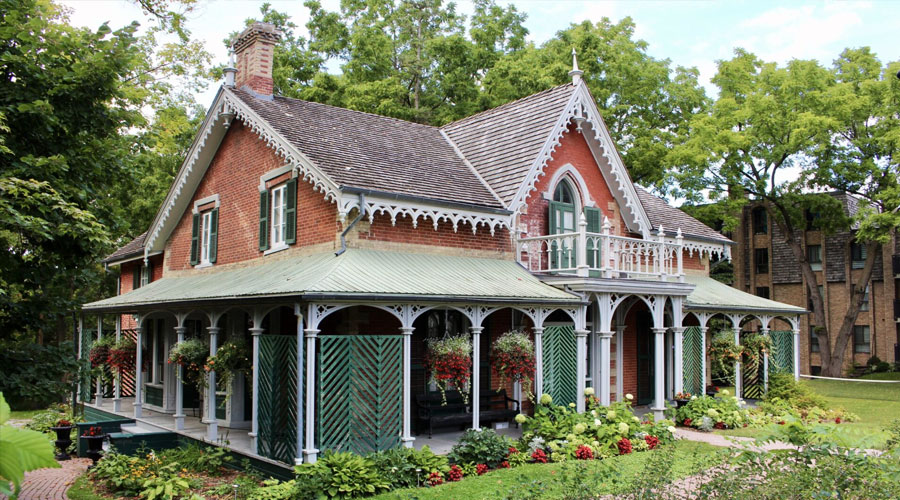
From Coast to Coast: The Stunning Homes of Canada
Canadian homes are a testament to the country’s rich architectural diversity, blending tradition, regional influences, and modern innovation. From the rustic charm of log cabins to the elegance of Victorian mansions and the sleek designs of contemporary masterpieces, each home reflects Canada’s evolving identity and deep connection to nature. Sustainability and technological advancements continue to shape residential design, ensuring that homes remain both beautiful and functional for future generations. Whether historic landmarks or cutting-edge eco-friendly dwellings, Canadian houses stand as enduring symbols of aesthetic excellence and thoughtful craftsmanship.

